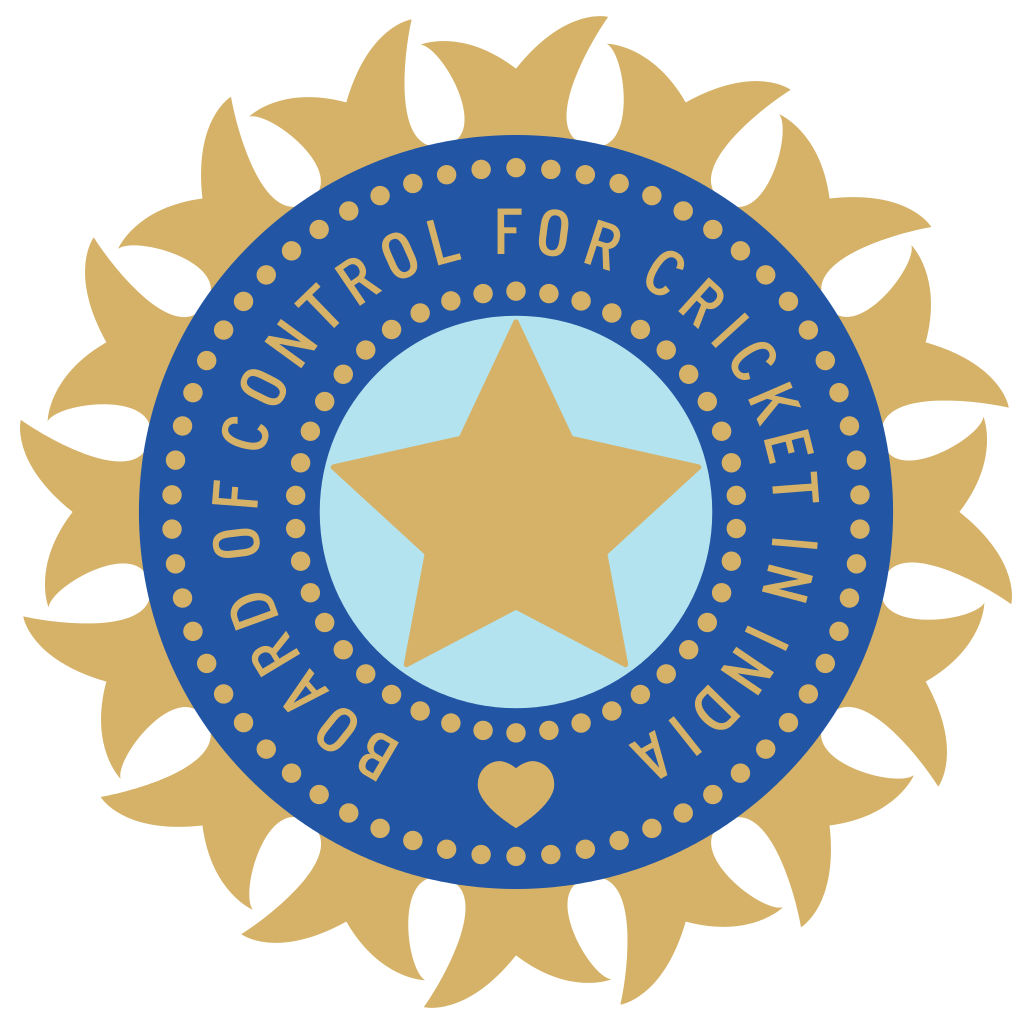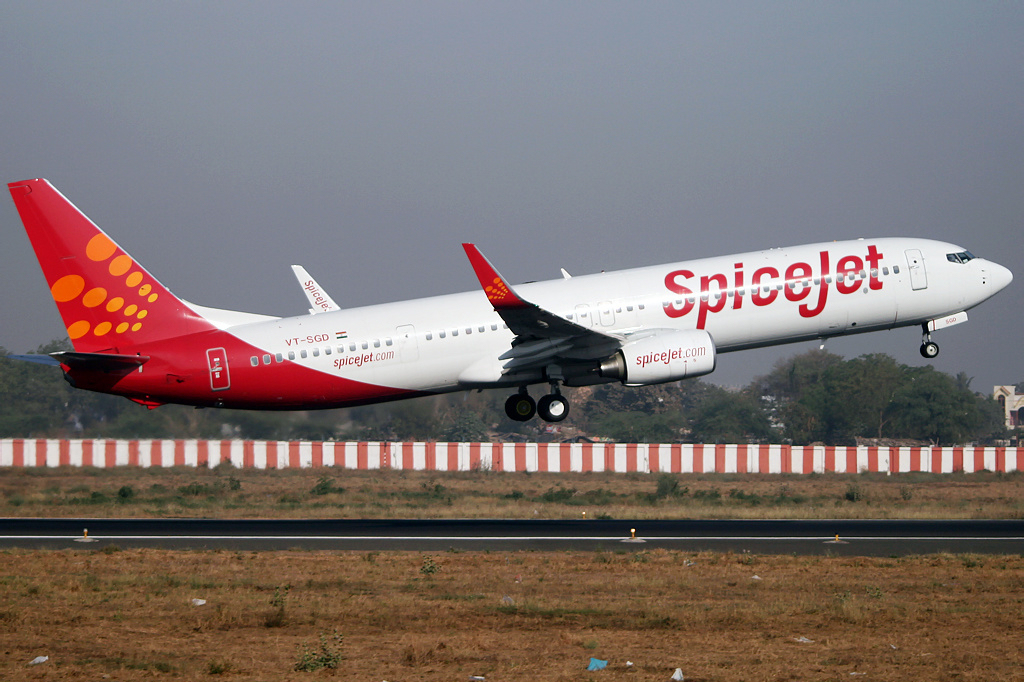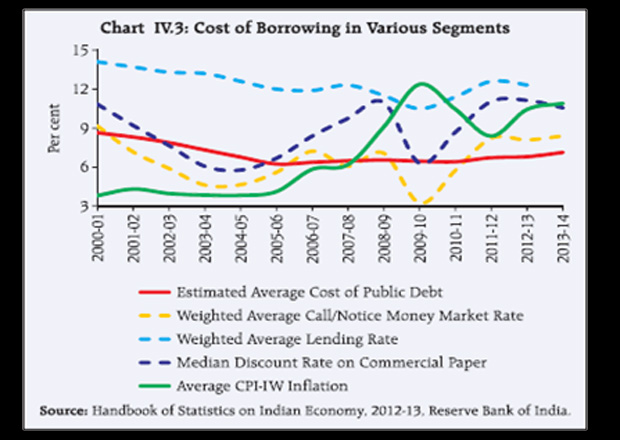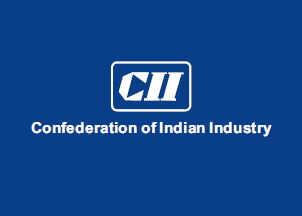A few days back, a list of thirty probables who could make it to the Indian cricket team for the 50 over cricket World Cup scheduled in Australia early next year, was declared. Interestingly, only four out of the 15 players who had played for India in the 2011 World Cup, made the cut.
This disbanding of the Class of 2011 led to a lot of nostalgia in the media. In one such piece published on www.cricinfo.com, the writer said: “The class of 2011 has been well and truly disbanded. Only four have made it through to the 2015 list…For the rest, all we have for now are memories.”
I sincerely feel that instead of being nostalgic about the entire thing we should be happy about the situation. The selection of players is just about the only thing that is currently right about Indian cricket, which remains surrounded by a whole host of controversies.
The players who did not perform over the last few years (the likes of Virender Sehwag, Gautam Gambhir, Zaheer Khan, Harbhajan Singh, Munaf Patel and Piyush Chawla who played in the 2011 World Cup) have fallen by the wayside and have had to make way for a new set of players.
And that is how any market should operate. The non-performers need to be weeded out and not rescued. Nevertheless, that is not how the world at large operates. A great example of this are the financial firms all over the world, which had to be rescued by central banks in the aftermath of the financial crisis that started in September 2008, around the time the investment bank Lehman Brothers went bust.
As Nigel Dodd writes in The Social Life of Money: “Since the collapse of Lehman Brothers in September 2008, the world’s major central banks have been plowing vast quantities of money into the banking system. The U.S. Federal Reserve has made commitments totalling some $29 trillion, lending $7 trillion to banks during the course of one single fraught week…The U.K. government has committed a total of £1.162 trillion to bank rescues. The European Central Bank has made low-interest loans directly to banks worth at least €1.1 trillion.”
Scores of financial institutions across the United States and Europe were bailed out, nationalized, or simply merged to ensure that they continued to survive. If these financial institutions had not been rescued, the trouble would have spilled over to other financial institutions and from there to the general economy. This would have had a negative impact on the economic growth of the countries which they belonged to. Hence, it was necessary to rescue them. This was the explanation offered by central banks and governments which came to their rescue.
Soon after the central banks came to the rescue of financial institutions a quotation “supposedly” from Karl Marx’s Das Capital went viral on the internet: “Owners of capital will stimulate the working class to buy more and more of expensive goods…until their debt becomes unbearable. The unpaid debt will lead to bankruptcy of banks, which will have to be nationalized, and the State will have to take the road which will eventually lead to communism.”
As Dodd puts it: “The passage appeared on countless blogs…The quotation was a fake.” Nevertheless, whoever wrote it summarised very well how things had turned out in the aftermath of the financial crisis.
The move to rescue financial firms all over the world built in a huge amount of moral hazard into the financial system. As economist Alan Blinder puts it in After the Music Stopped : “ [the]central idea behind moral hazard is that people who are well insured against some risk are less likely to take pains (and incur costs) to avoid it.”
Moral hazard, other than encouraging the insiders of the financial system to take on increased risk gives them the impression of the financial system being a safer place to do business in than it actually is. This is because the financial firms assume that in case of a crisis, the government(s) will come to their rescue. And this is not good for the financial system as a whole.
Interestingly, in the aftermath of the financial crisis, the American government passed the Dodd–Frank Act. The Act, prohibits government bailouts and the form of support that the Fed used to bailout AIG and other financial institutions. In fact, when he signed the bill into law, Barack Obama, the President of the United States said: “The American people will never again be asked to foot the bill for Wall Street’s mistakes.” He went on to add that in the time to come, there would be “no more taxpayer-funded bailouts.”
But former Federal Reserve Chairman, Alan Greenspan, does not buy this at all. In his book The Map and the Territory, Greenspan writes that “most of the American financial system would be guaranteed by the US government,” in the event of the next crisis. He explains his reasoning through an example.
On May 10, 2012, J.P. Morgan, the largest bank in the United States, reported a loss of $2 billion from a failed hedging operation. The loss barely reduced the bank’s net worth. And more than that, the shareholders of the bank suffered the loss and not its depositors. Nevertheless, the loss was considered to be a threat to the American taxpayers and Jamie Dimon, J.P. Morgan’s CEO, was called to testify before the Senate Banking Committee. Why did this happen?
As Greenspan writes: “The world has so changed that this…loss was implicitly considered a threat to taxpayers. Why? Because of the poorly kept secret of the marketplace that JPMorgan will not be allowed to fail any more than Fannie and Freddie have been allowed to fail. In short, JPMorgan, much to its chagrin, I am sure, has become a defacto government sponsored enterprise no different from Fannie Mae prior to its conservatorship.”
Fannie Mae and Freddie Mac were government sponsored financial firms which the United States government had to take over in early September 2008. Greenspan further points out that: “When adverse events depleted JPMorgan’s shareholder equity, it was perceived by the market that its liabilities were effectively, in the end, taxpayer liabilities. Otherwise why the political umbrage and congressional hearings following the reported loss?”
To conclude, this also explains to some extent why global financial firms have been borrowing money at rock bottom interest rates, and investing them in “risky” financial markets all over the world. They know that if things go wrong, the central banks and the governments are likely to come to a rescue.
As Anat Admati and Martin Hellwig write in The Bankers’ New Clothes: “It is very difficult for governments to convincingly commit to removing these guarantees. In a crisis it will be even more difficult to maintain this commitment and provide no support to institutions that are deemed critical for economic survival. Once a crisis is present, it may even be undesirable to do so, because letting banks fail in a crisis can be very damaging.”
Or as the Americans like to put it “You ain’t seen nothin’ yet”.
The article originally appeared on www.equitymaster.com as a part of The Daily Reckoning, on December 10, 2014





